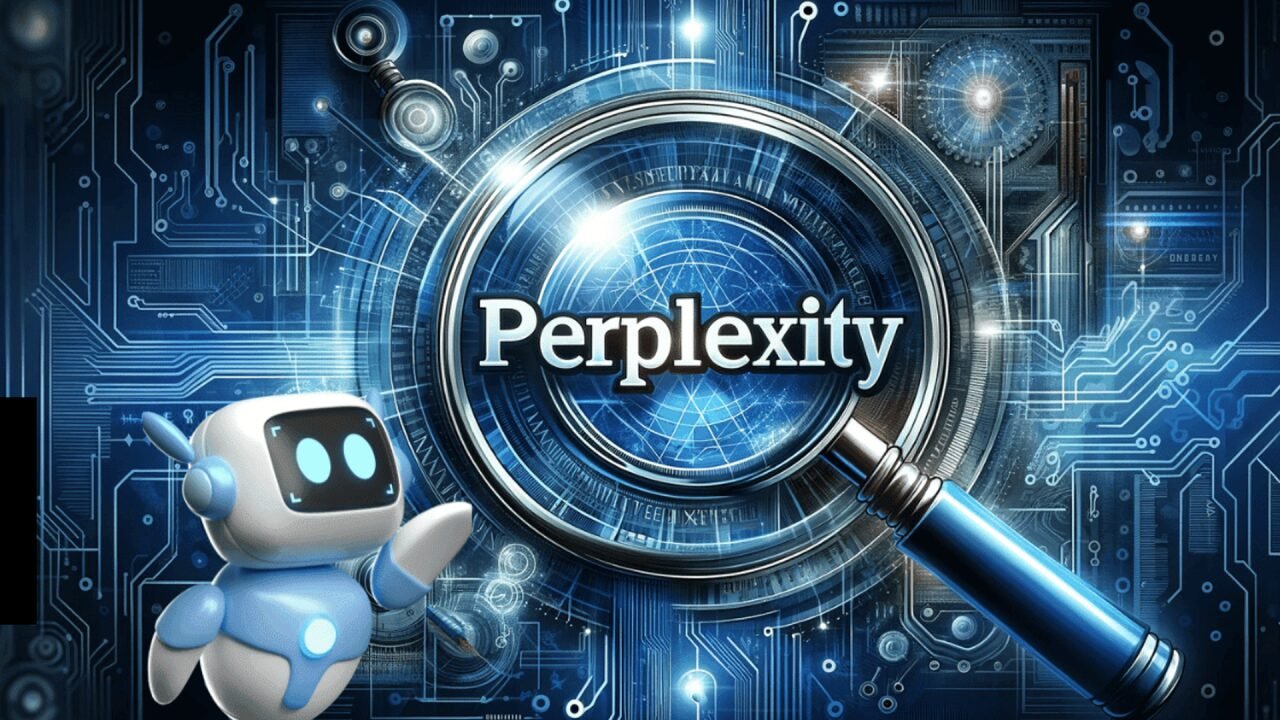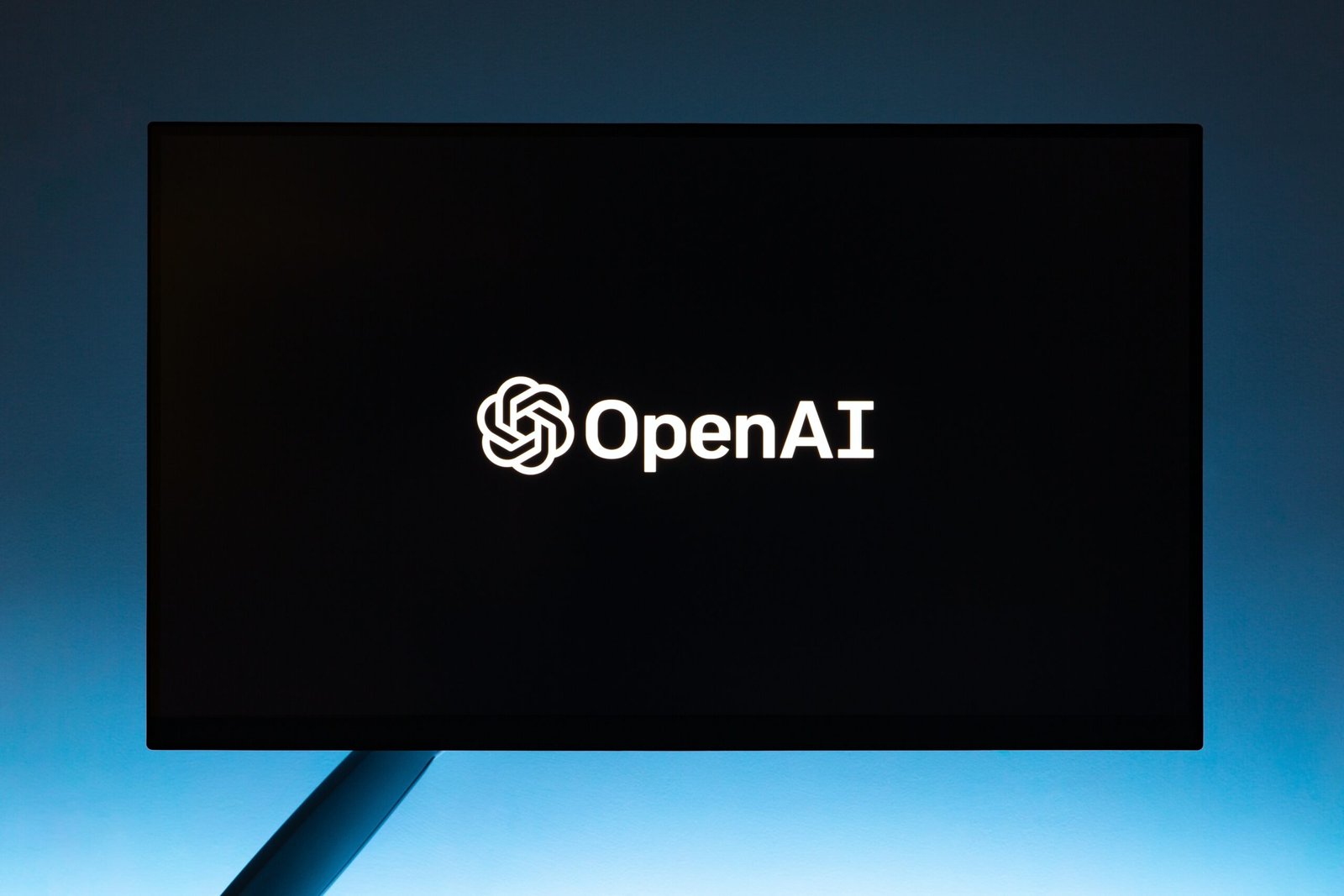In the ever-evolving realm of AI tools, a rising star known as Auto-GPT is making waves. While ChatGPT and Bard AI have captured attention, Auto-GPT takes the spotlight as an advanced AI model poised to revolutionize daily tasks through automation.

For marketers, this presents an exciting opportunity to transform their strategies. As the chatbot market gears up to reach a staggering 1.25 billion dollars by 2025, AI’s pervasive influence continues to grow. Auto-GPT emerges as a potent force in this landscape.
Unlocking the Potential of Auto-GPT
Auto-GPT, powered by OpenAI’s GPT-4, is akin to a Swiss Army knife for natural language processing. Its capabilities cater to writers, marketers, students, and professionals alike. Acting as a personalized assistant, Auto-GPT generates ideas, crafts captivating headlines, and even suggests writing improvements.
Embracing Automation with Auto-GPT
This AI marvel thrives on versatility. By assigning tasks, setting goals, and providing context, Auto-GPT efficiently completes projects. It designs chat prompts to engage customers, streamlines routine tasks, and integrates with various platforms for innovative applications such as content creation.
Auto-GPT vs. Chat-GPT: Unveiling Distinctions
Both Auto-GPT and Chat-GPT utilize GPT-4.0 and the OpenAI platform, yet they serve different functions. Auto-GPT is open-source, works autonomously, and boasts multipurpose utility. On the other hand, Chat-GPT relies on prompts and excels in conversational tasks. Choose Auto-GPT for independent tasks and Chat-GPT for engaging conversations.
Harnessing Auto-GPT’s Remarkable Abilities
Auto-GPT proves indispensable across diverse domains:
- Content Generation: Easily overcome writer’s block and time constraints by entrusting Auto-GPT with creating compelling content.
- Language Translation: Request quick and accurate translations for technical documents or website content.
- Coding: Empower your coding endeavors with Auto-GPT’s code snippet generation.
- Answering Questions: Utilize Auto-GPT to provide definitions, explanations, or research insights.
- Creativity Boost: Employ Auto-GPT to fuel creativity by generating narratives, poetry, and design concepts.
- Data Analysis: Transform data into meaningful insights by employing Auto-GPT’s analytical capabilities.
Benefits and Limitations of Auto-GPT
Auto-GPT offers automation, ease of use, adaptability, and scalability. However, it isn’t devoid of limitations, including potential inaccuracies, bias, and a lack of emotional intelligence. Recognize these constraints to maximize Auto-GPT’s potential while maintaining human judgment.
Installing and Utilizing Auto-GPT
Installing Auto-GPT involves downloading its source code and setting up Python. You can follow a step-by-step guide provided on the official website. Through careful setup, you can harness Auto-GPT’s power to streamline tasks and enhance productivity.
Tips for Optimal Auto-GPT Usage
To make the most of Auto-GPT:
- Provide Clear Instructions: Specific prompts yield better results.
- Offer Context and Examples: Detailed input enhances accuracy.
- Edit and Refine: Polish responses for accuracy and coherence.
- Experiment with Prompts: Try different angles for improved outcomes.
- Provide Feedback: Help Auto-GPT improve through your insights.
Conclusion: Transforming Workflows with Auto-GPT
Auto-GPT emerges as a game-changer in AI-powered tools, offering boundless potential across various tasks. From content creation to data analysis, its applications are far-reaching. While not flawless, Auto-GPT empowers businesses and individuals to elevate their efficiency, creativity, and overall performance.















